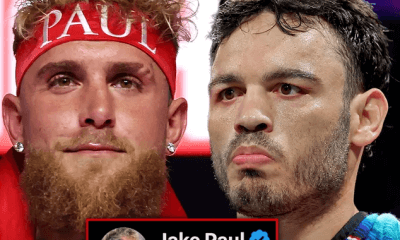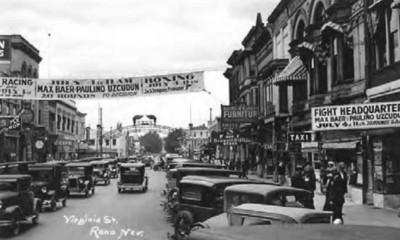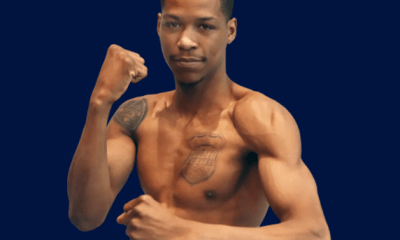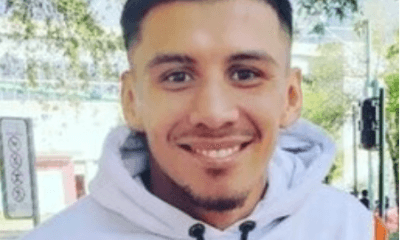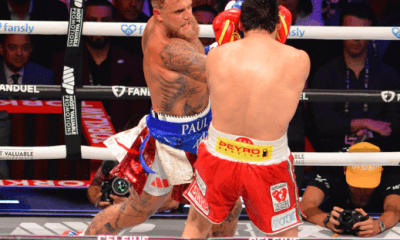Featured Articles
It’s Still Joshua’s World with Wilder and Fury Residing There
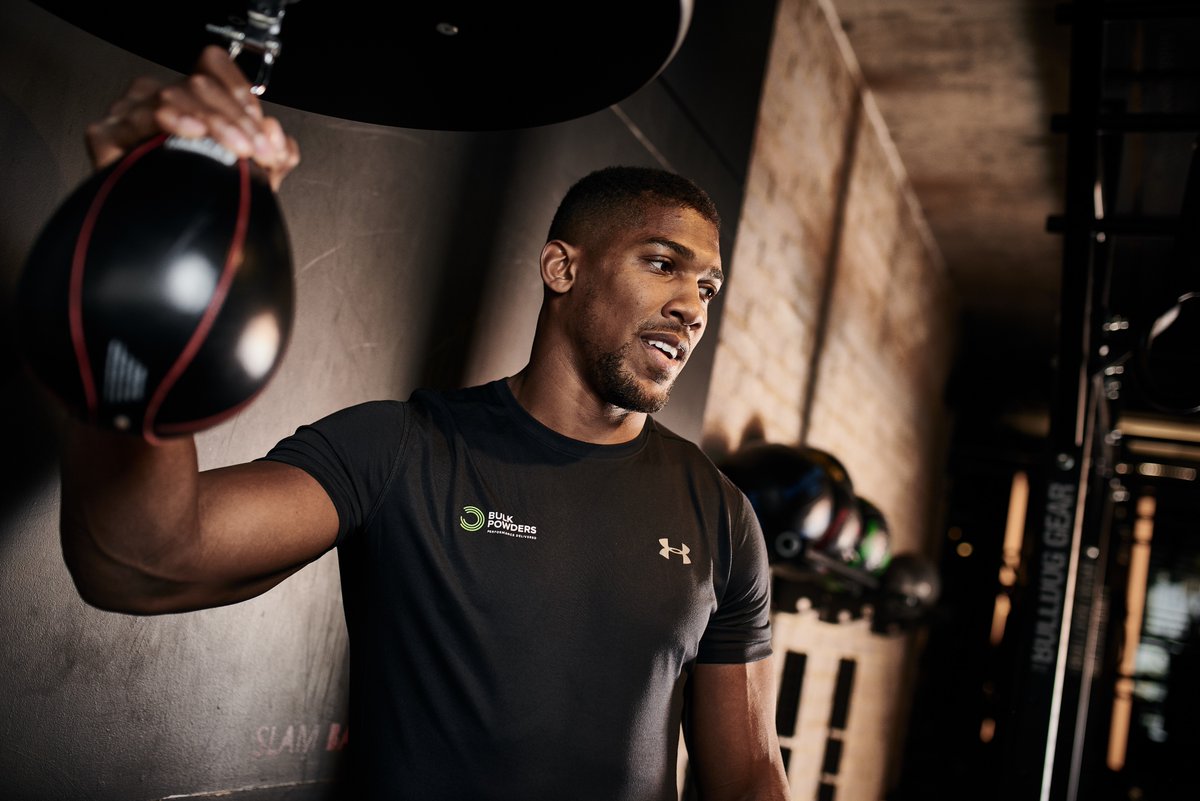
They’re certainly having fun and doing a good job of trying to kick sand on the champ with the lifeguard build cooling it on the beach ….the one basking in the sun, loving life without a foreseeable problem in the world. And when you’re at the top of the food chain in sports, politics, business, and especially boxing, you’re going to be the one on the dart board with the bullseye on your back. That comes with being the top dog in your field and it’s a lifetime better than being one of those who needs to kick sand to create interest in what you’re doing.
Since it was recently rumored and then confirmed that former heavyweight champ Tyson Fury 27-0 (19) and WBC titlist Deontay Wilder 40-0 (39) will meet later this year, they’ve owned the headlines. The pairing of Wilder and Fury is the fallout of Wilder and WBA/IBF/WBO titlist Anthony Joshua 21-0 (20) not being able to agree on the purse split if they were to meet. So the fight died and Fury, fully aware that, like Wilder, he held no leverage over Joshua, set his sight on Wilder. Now after beating two unranked fighters and because of his undefeated record and bravado, Fury will fight Wilder for the only belt he didn’t hold when he retired as the lineal champ.
The Wilder-Fury antics have been entertaining to watch and whoever wins between them — handing the other their first defeat — will clearly add to their cachet when it comes to vying for a satisfactory purse split with Joshua. However, lost in the shuffle is that, regardless of what Wilder and Fury say or do, Joshua is still the money fight for both and the fighter to beat in the division. It’s easy to see why Deontay and Tyson look to denigrate him at every turn.
When trying to think of the star fighter who Joshua’s persona most resembles, perhaps a less accomplished Sugar Ray Leonard could be the one. Leonard was subjected to the same accusations by Thomas Hearns and Marvin Hagler that Joshua fends off today, namely that he feared facing them and is hiding behind his advisor. In AJ’s case, it’s Eddie Hearn whereas Leonard had a land shark handling his business affairs named Mike Trainer. As history went on to prove, Leonard didn’t fear either of them, fighting Hearns during the time that Hearns was thought to be unbeatable and tangling with Hagler as a 4-1 underdog when most thought he was risking more than his health.
Joshua has the entire UK in his corner; his fans show up in droves for every fight. And like Leonard and even Muhammad Ali to a point, the opponent doesn’t matter… they just want to be there to emphatically root for him. In Leonard’s case, he was easy to root for because in his demeanor he reminded fans of the guy next door, whereas Joshua has the look of a guy from central casting who would be chosen to play the part of the heavyweight champion in a movie. AJ has the height, smile, broad shoulders, defined arms, and chest held upright by a narrow waist. Joshua goes out of his way to smile and project that he’s approachable, although unless he’s on camera that’s not quite as it seems. The point is he has the “it” factor and that’s benefited him greatly in becoming the money fighter in boxing’s flagship division.
In the ring Joshua does most everything technically correct. He fights from a conventional stance, he has terrific form and gets good leverage on his shots and is clearly the best boxer-puncher in the heavyweight division since the end of the Lewis/Klitschko era. He also looks to win by knockout. The only time he didn’t deliver on that he was given a pass because his opponent, Joseph Parker, decided after sampling AJ’s strength and power that he’d fight to survive more than to win. And Joshua, in somewhat of a surprise to many, was content to win with his powerful jab instead of putting himself at a little risk to keep his consecutive knockout streak intact.
Joshua is an easy target for Wilder and Fury to take shots at. They say he hasn’t fought anybody and is robotic and question his chin and toughness. And some of that has to do with him not carrying himself as if he were the baddest man on the planet the way that Mike Tyson carried himself. Yet Mike Tyson never got off the canvas to come back to win a fight, whereas Joshua got off the deck and rallied to stop the biggest two-handed puncher in the division in the biggest fight of his career. Too often fighters with a soft demeanor like Joshua aren’t taken as seriously as they should be, something both Thomas Hearns and Marvin Hagler found out when they mixed with Sugar Ray Leonard, and don’t be surprised if the winner of Wilder-Fury finds out the same thing about AJ when they finally face him.
Fury likes to say he handled Klitschko easier than Joshua did as a way of tweaking AJ while elevating himself. Well in a sense that’s true, but every heavyweight contender in the world would rather have defeated Klitschko in the manner in which Joshua did as opposed to the manner that Fury did. And if you asked Klitschko which setback bothers him more, it wouldn’t take him long to expound on how the Fury loss is more difficult to accept. And that’s because he sold Fury short before the fight and when it was over he didn’t feel as though he were defeated as in out-manned, but handcuffed by an awkward style.
Not so with Joshua. Wladimir was driven to win going into the Joshua fight and they fought and didn’t play hit, hold and move the way Fury fought him. In addition, he hit AJ with his money punch, his right cross to the chin, and dropped him. Only Joshua got up and eventually overwhelmed Wladimir with his boxing skill and power. Klitschko probably dreams in his sleep about tagging Fury with the same bomb he did AJ. The reality is Fury didn’t beat Klitschko up; he basically prevented Wlad from beating him up. And he also was dropped by the biggest shot he ever took and that was from a cruiserweight, Steve Cunningham, so he can’t boast his durability is stouter than AJ’s.
Wilder also likes to insinuate Joshua is a little chinny, yet he was dropped in his 13th bout against Harold Sconiers who retired 18-27-2 (the video has been conveniently scrubbed from the internet). In Wilder’s last bout against Luis Ortiz, he was out-boxed for six of nine rounds and was much closer to being on his way out at the end of the seventh round than Joshua has ever been during his career. And often after Wilder fights, the next day social media is flooded with videos and memes mocking his style and his poor technique. I’ve yet to see one mocking Anthony Joshua’s boxing ability or technique.
Joshua isn’t the perfect fighter, nor is he a finished product the way Wilder and Fury are. They’ve hit their ceiling but Joshua hasn’t, and even at that he’s made more money than the two of them combined and doesn’t need either to continue raking it in. Also, Joshua hasn’t ducked anybody (nor has Wilder or Fury). AJ has already stopped Dillian Whyte, considered a top five contender at this time and next month is facing Alexander Povetkin, who ranks above every heavyweight in the world excluding Joshua and Wilder, and whose only setback was to Wladimir Klitschko, that coming in the midst of Wlad’s 10-year unbeaten streak. So the thought AJ hasn’t faced stern opposition is a myth.
All due props to Wilder and Fury for agreeing to meet later this year. They’re both taking a huge risk, but that’s because they want Joshua but need an injection of credibility and marketability to aide them at the negotiation table when Team Joshua is sitting across from them…which is somewhat amazing being that both Wilder and Fury turned pro in 2008 and AJ didn’t make his debut until 2013.
Yes, the Wider and Fury theatrics have been a nice diversion from the food fight Canelo and GGG are having via the media what seems like every day. Wilder may lack form and his delivery leaves something to be desired, but he is fearless and always in great condition and maybe the best thing to say for him is he has no trepidation letting his hands go, especially with the fight teetering in the balance. And with Wladimir Klitschko retired, Wilder houses the biggest one punch equalizer in the division.
In regards to Fury, he’s done a great job getting back in shape and shedding 95 percent of the weight he put on during his 31-month exile. Tyson has a good boxing mind and is on the verge of regaining his form and speed of 2014 and he’s also calculating and difficult to contend with strategically.
As to whether or not either or both could beat Joshua, there’s only one way to find out. The only given until Joshua loses or is defeated by either Wilder or Fury is that he’s the star fighter and the one to beat if you’re a heavyweight. And if he beats the Wilder/Fury winner, he’ll clearly represent the future of the division and perhaps all of boxing. Theatrics along with the WBC or lineal title won’t close the gap. And if the winner between Wilder and Fury struggles or isn’t impressive, they’ll have gained virtually nothing by facing each other, especially if Joshua dispenses with Povetkin in an impressive way next month.
Frank Lotierzo can be reached at GlovedFist@Gmail.com
Check out more boxing news on video at The Boxing Channel
-

 Featured Articles3 weeks ago
Featured Articles3 weeks agoAvila Perspective, Chap. 330: Matchroom in New York plus the Latest on Canelo-Crawford
-

 Featured Articles2 weeks ago
Featured Articles2 weeks agoVito Mielnicki Jr Whitewashes Kamil Gardzielik Before the Home Folks in Newark
-
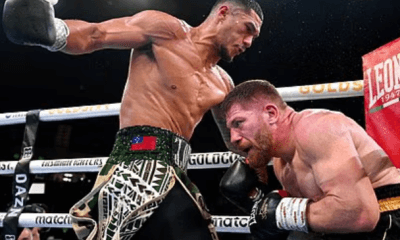
 Featured Articles4 weeks ago
Featured Articles4 weeks agoOpetaia and Nakatani Crush Overmatched Foes, Capping Off a Wild Boxing Weekend
-

 Featured Articles3 weeks ago
Featured Articles3 weeks agoCatching Up with Clay Moyle Who Talks About His Massive Collection of Boxing Books
-

 Featured Articles4 weeks ago
Featured Articles4 weeks agoFabio Wardley Comes from Behind to KO Justis Huni
-

 Featured Articles2 weeks ago
Featured Articles2 weeks agoMore Medals for Hawaii’s Patricio Family at the USA Boxing Summer Festival
-
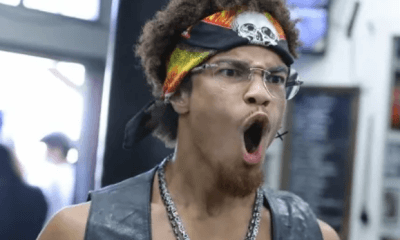
 Featured Articles3 weeks ago
Featured Articles3 weeks agoThe Shafting of Blair “The Flair” Cobbs, a Familiar Thread in the Cruelest Sport
-

 Featured Articles3 weeks ago
Featured Articles3 weeks agoRichardson Hitchins Batters and Stops George Kambosos at Madison Square Garden



